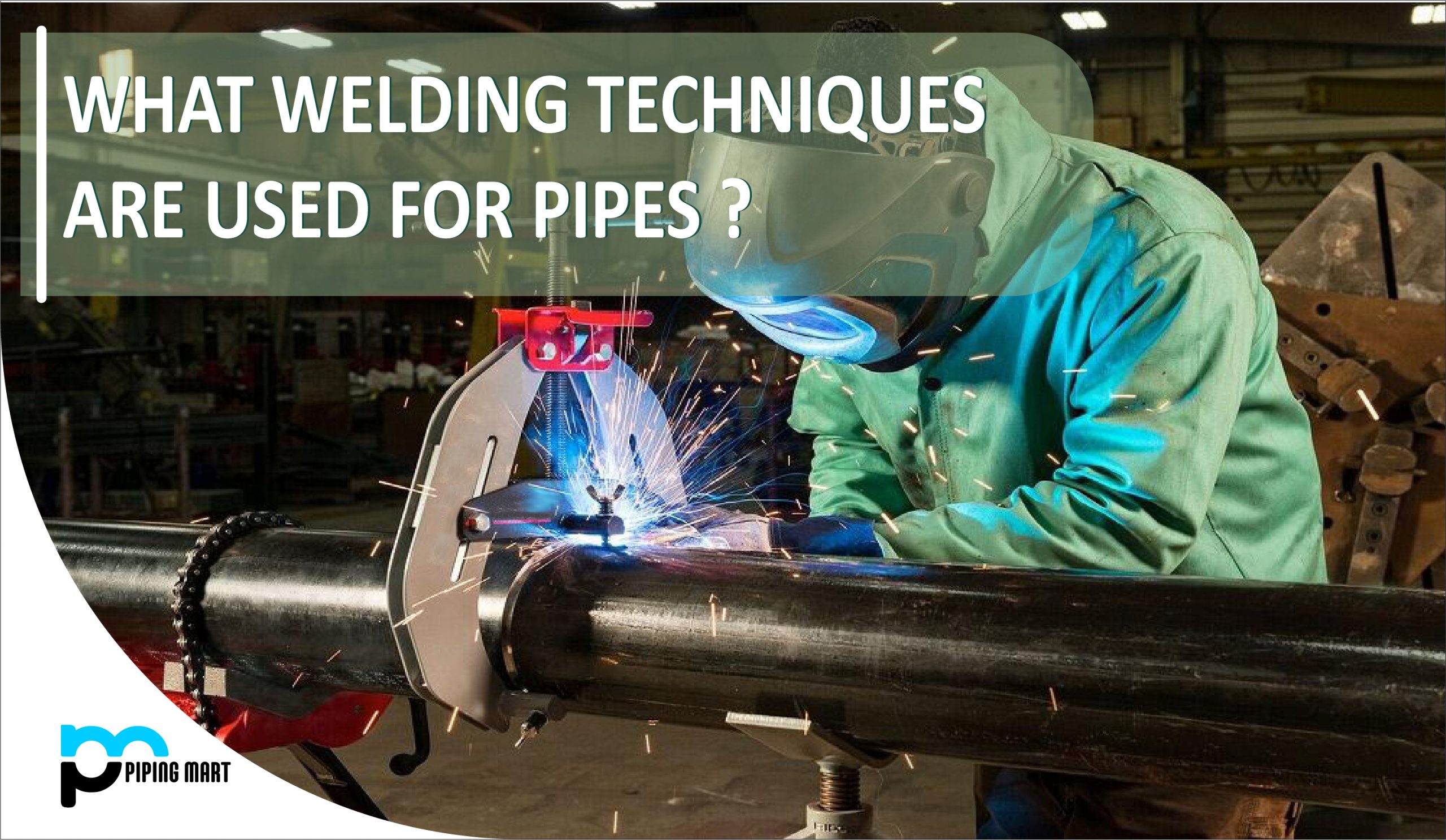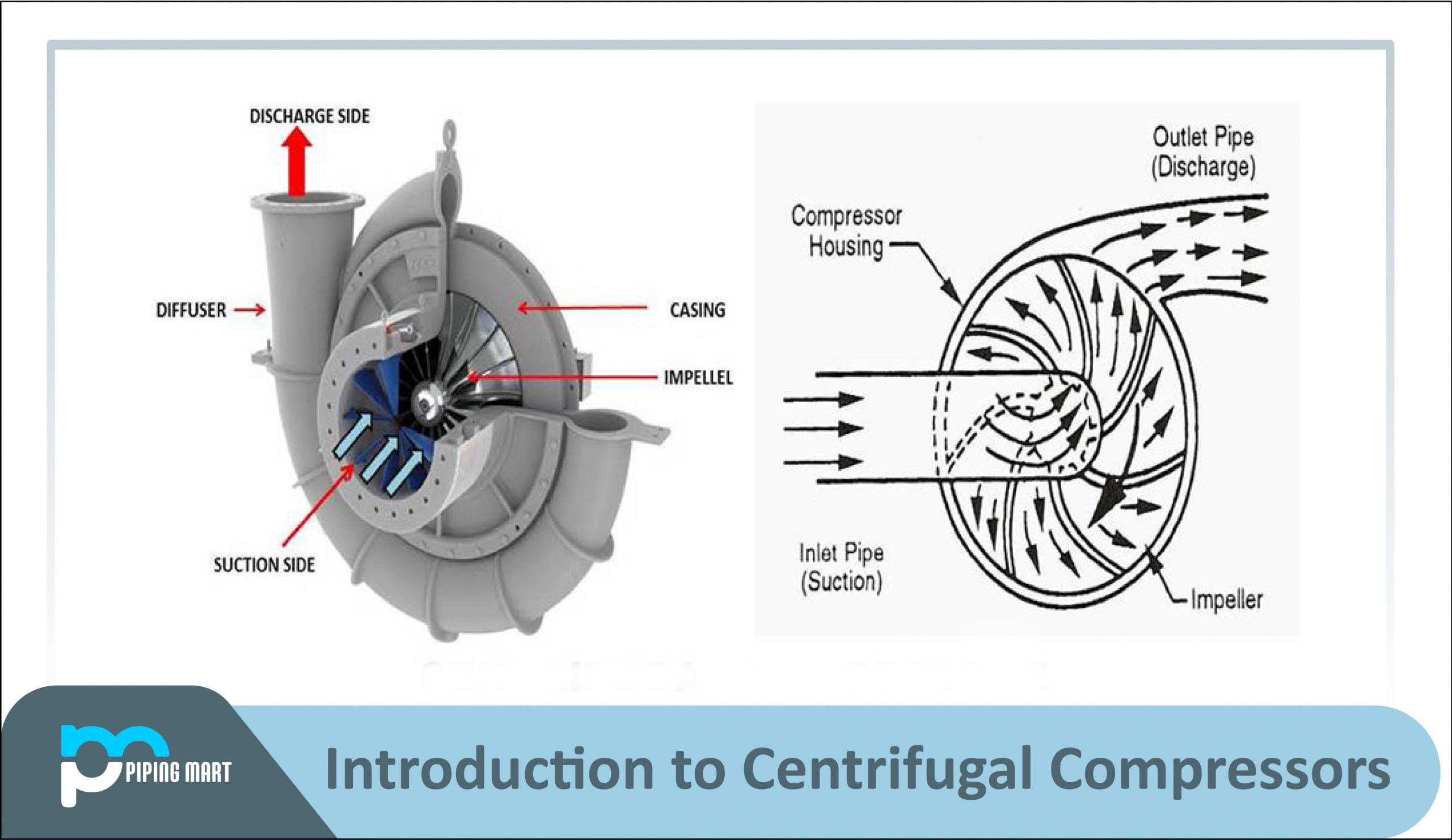What welding techniques are used for pipes?
- Shielded Metal Arc Welding (SMAW)
- Gas Metal Arc Welding (GMAW)
- Flux-Cored Arc Welding (FCAW)
- Submerged Arc Welding
- Tungsten Inert Gas (TIG) Welding
Pipe welding is used in a variety of sectors, including construction, oil and gas, water, fabrication, and power generation. It is a crucial and specialized process of fabrication.
Fabricators must understand numerous welding processes in order to make their goods in the best and safest way feasible. Application, material, temperature, availability of filler material, and other factors all play a role in determining which approach is best suited. To help you understand this issue better, below are the five welding procedures for pipes and how they differ from one another.
Why do we weld pipes?
Welding is an efficient connecting technology that offers several advantages to manufacturers. Welding removes the need for connectors between sections of pipe, making manufacturing less labor-intensive and more cost-effective.
Welded pipes have better flow because fittings add additional fluid resistance to the flow through the pipe. This simplified part is also less prone to leaks and fractures. Welded pipes are also very easy and quick to repair since they do not require disassembly or reassembly.
The following are the five methods utilized to acquire these pipe advantages:
Shielded Metal Arc Welding (SMAW)
Manual Metal Arc Welding (MMA or MMAW), Flux Shielded Arc Welding, and even stovepipe and stick welding are all names for SMAW welding.
The electrode is melted in this technique by the heat produced by an electric arc. This molten material is carefully applied to parts of metal pipe to join them. The fundamental benefit of utilizing SMAW welding is that it does not require any flux or shielding gas – it is easy, portable, and requires minimum equipment.
However, because of its reduced travel piece, the SMAW approach is less productive than others. Welders must also verify that their welding machines are equipped with the appropriate electrode for the material.
Welders must also consider arc stability, depth of penetration, metal deposition rate, and positioning capabilities while producing a high quality weld. The chemical composition of the flux coating on the electrode has a significant impact on these factors.
Gas Metal Arc Welding (GMAW)
Gas Metal Inert Gas (MIG) Welding and Metal Active Gas (MAG) Welding are two Metal Arc Welding (GMAW) techniques. These apply a shielding gas along the electrode, heating the two metal pipe sections to be joined.
Because it is performed using semi- or completely automated devices, this process is faster, more versatile, and more productive than SMAW. It also provides excellent deposition rates, minimum slag entrapment danger, and low fume generation.
However, to create high welds, this technique requires additional control from the welder. Its tools also need a consistent voltage and a direct power supply. It cannot be done outside without enclosures because the welding gas may be dispersed by the wind.
Flux-Cored Arc Welding (FCAW)
The Flux-Cored Arc Welding (FCAW) technique fuses electrode filler wire to metal pipe sections using the heat generated by an electric arc. This electric arc is used to melt both the constantly fed wire and the metal surface together.
This method is divided into two subcategories: self-shielded FCAW and gas-shielded FCAW. The gas-shielded technique utilizes semi-automated devices to increase speed and output, however, wind can disrupt the shielding gas and cause porosity problems. By not utilizing a shielding gas, the self-shielded approach avoids this, although it is less productive overall.
The benefit of utilizing FCAW welding is that it is more suited for outdoor welding and thicker materials. It’s also more portable and accessible than the GMAW method. FCAW beats GMAW in terms of deposition rates and arc stability. It also involves less preparation and cleaning of metal pipes than other methods.
The drawback of utilizing this approach is that it releases toxic gases, which can reduce weld visibility while in operation. It also produces more smoke than other methods. Porosity can occur if the gas does not disperse before the weld hardens. Another drawback is the amount of slag that is generated, which must be removed from every weld layer. It is not advised to weld on thinner pipe materials.
Submerged Arc Welding
This is a semi-automatic welding technique with an invisible welding arc. An electric arc is created between a constantly fed electrode and the metal pipe during this process. The arc is covered with a coating of powdered flux. When this flux melts, it acts as a conductor between the metal and the electrode, protecting the weld zone.
As a result, the electric arc is “submerged” beneath a flux blanket. Because tracing is difficult, it is a harder technique to perform. However, it provides the greatest deposition rates of any pipe welding technique available, as well as good, defect-free welding.
This technique is appropriate for applications that need longitudinal and circumferential butt welds, as well as those with skilled welders. This is most commonly used in the production of line pipe and pressure vessel materials.
Tungsten Inert Gas (TIG) Welding
Tungsten Inert Gas (TIG) Welding, also known as Gas Tungsten Arc Welding (GTAW), is the most often used technique for welding stainless and nonferrous metals. It creates its weld with a fixed consumable electrode. This procedure takes longer than even SMAW.
TIG welding is incredibly versatile, since it may be used on a wide range of metals and applications. It also generates high-quality welds, making it perfect for important and precise welding tasks.
However, because it is wholly manual, its quality is highly dependent on the welder’s ability. Furthermore, it has lower deposition rates and greater equipment and labor expenses than other techniques.

Pipingmart is B2B portal specializes in industrial, metal and piping products. Also, share latest information and news related to products, materials and different types grades to help business dealing in this industry.




